- Have any questions?
- +86-189 8930 5995
- sales@mosinterchem.com.cn
Norfloxacin CAS 70458-96-7

isotretinoin CAS 4759-48-2
20/12/2018
Pyrantel pamoate CAS 22204-24-6
20/12/2018| Model: | MOS70458-96-7 |
| Place of Origin: | Sichuan,China (Mainland) |
| Brand: | MOSINTER |
| CAS: | 70458-96-7 |
| Appearance: | White to pale yellow crystalline powder |
| Flashing point: | 374.5°C |
| Boiling point: | 695.6°C at 760 mmHg |
| Vapour pressure: | 2.6E-20mmHg at 25°C |
| Molecular weight: | 319.33 |
| Molecular Formula: | C16H18FN3O3 |
| Assay: | NORFLOXACIN LACTATE |
Norfloxacin ( CAS: 70458-96-7)
| Item | Index |
| Molecular Formula | C16H18FN3O3 |
| Molecular weight | 319.33 |
| Specification | CP/USP/EP |
| Appearance | Off-white or light yellow crystalline powder |
| Melting point | 220°C |
| Storage Condition | 2-8°C |
Norfloxacin is a synthetic chemotherapeutic antibacterial agent occasionally used to treat common as well as complicated urinary tract infections. It is sold under various brand names with the most common being Noroxin. In form of ophthalmic solutions it is known as Chibroxin(Apiflox eye drops inJordan). Norfloxacin is a first generation synthetic fluoroquinolone (quinolone) developed by Kyorin Seiyaku K.K. (Kyorin).
Norfloxacin is approved for the treatment of urinary tract infections, prostatitis, and sexually transmitted diseases. but is no longer used for the latter due to the development of bacterial resistance. Chibroxin (ophthalmic) is approved for use in children older than one year of age.
Norfloxacin is associated with a number of rare serious adverse reactions as well as spontaneous tendon ruptures and irreversible peripheral neuropathy. Tendon problems may manifest long after therapy had been completed and in severe cases may result in lifelong disabilities.
Licensed uses
The initial approval by the U.S. Food and Drug Administration (FDA) in 1986 encompassed the following indications:
• Uncomplicated urinary tract infections (including cystitis)
• Complicated urinary tract infections (restricted use)
• Uncomplicated urethral and cervical gonorrhea (however this indication is no longer considered to be effective by some experts due to bacterial resistance)
• Prostatitis due to Escherichia coli.
• Syphilis treatment: Norfloxacin has not been shown to be effective in the treatment of syphilis. Antimicrobial agents used in high doses for short periods of time to treat gonorrhea may mask or delay the symptoms of incubating syphilis.
Though the fluoroquinolones are sometimes used to treat typhoid and paratyphoid fever, it should be noted here that norfloxacin had more clinical failures than the other fluoroquinolones (417 participants, 5 trials).
In ophthalmology, Norfloxacin licensed use is limited to the treatment of conjunctival infections caused by susceptible bacteria.
Norfloxacin has been restricted in the Republic of Ireland due to the risks of C. difficile super infections and permanent nerve as well as tendon injuries. It licensed use in acute and chronic complicated kidney infections has been withdrawn as a result.
The European Medicines Agency, also in 2008, had recommended restricting the use of oral norfloxacin to treat urinary infections. CHMP had concluded that the marketing authorizations for norfloxacin, when used in the treatment of acute or chronic complicated pyelonephritis, should be withdrawn because the benefits do not outweigh their risks in this indication. CHMP stated that doctors should not prescribe oral norfloxacin for complicated pyelonephritis and should consider switching patients already taking oral norfloxacin for this type of infection to an alternative antibiotic.
Norfloxacin is used for prevention of spontaneous bacterial peritonitis in cirrhotic patients who have a low ascites fluid protein level, impaired renal function, severe liver disease, have had a prior episode of spontaneous bacterial peritonitis, or esophageal variceal bleeding.
You must be logged in to post a review.

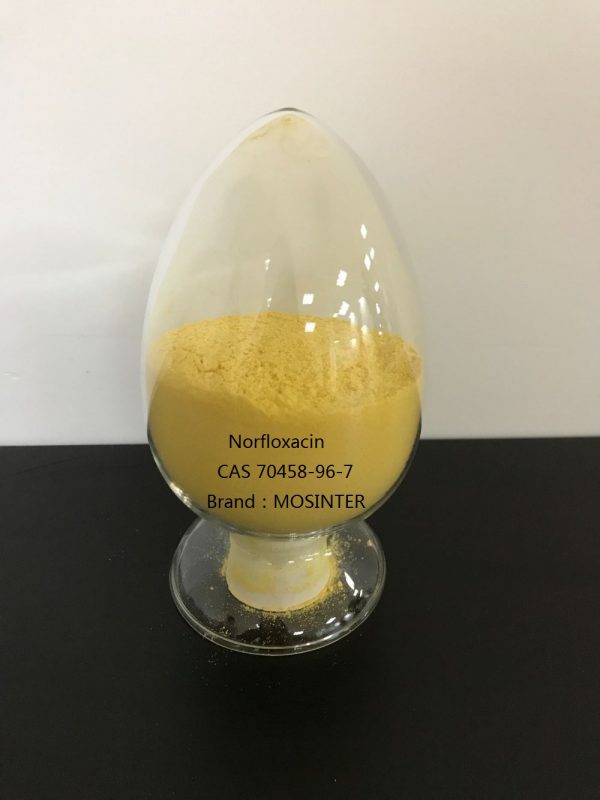
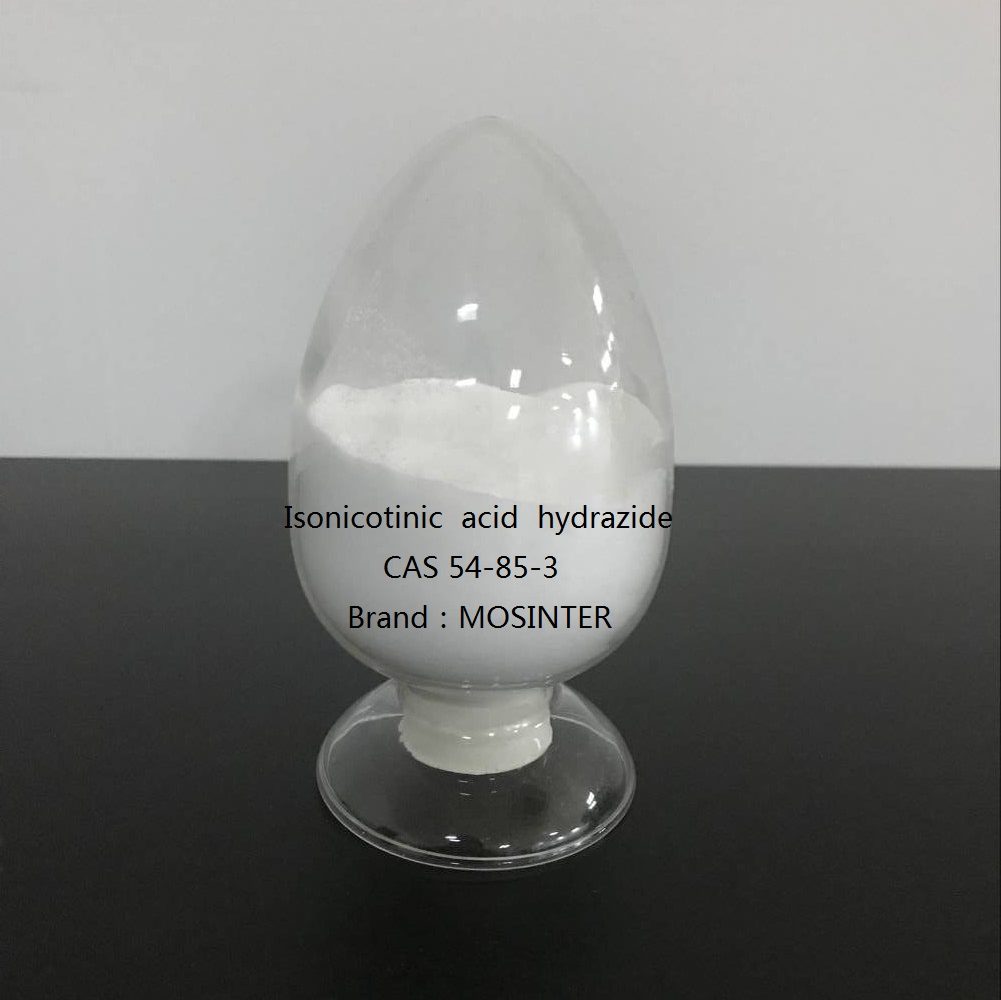
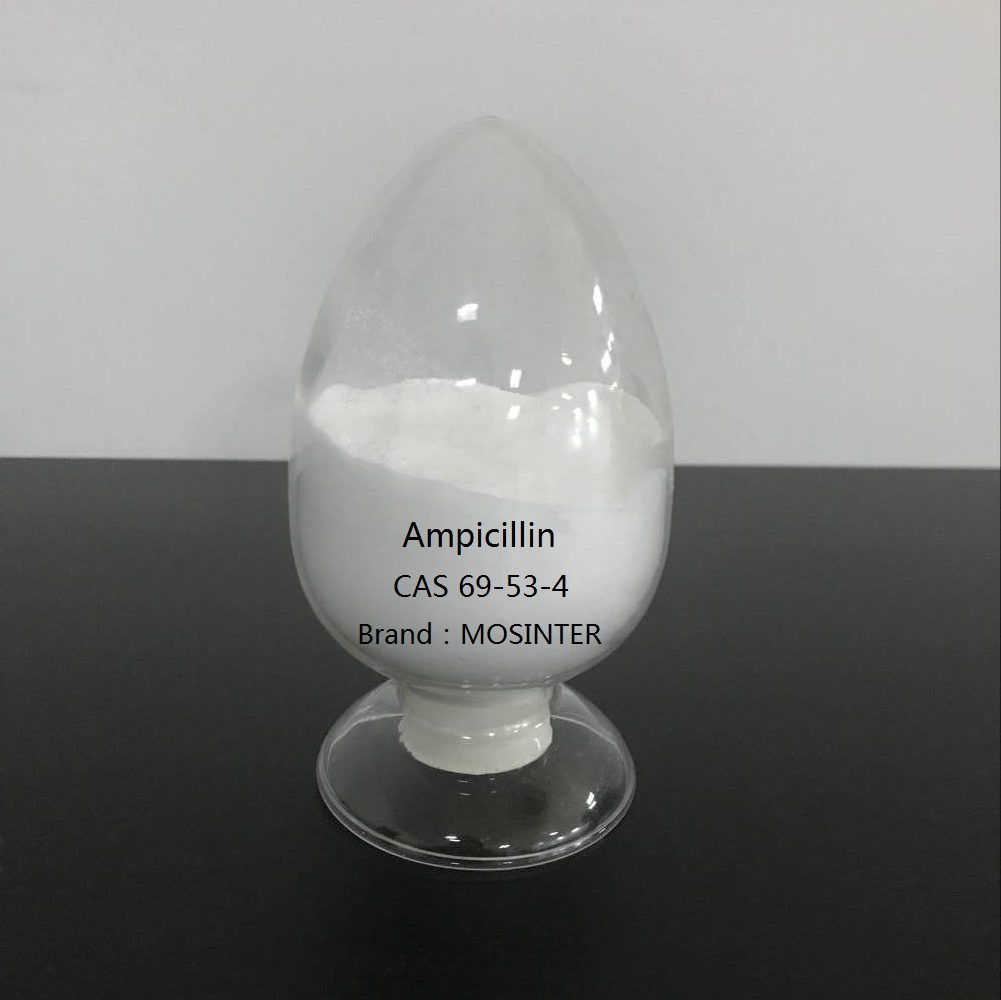
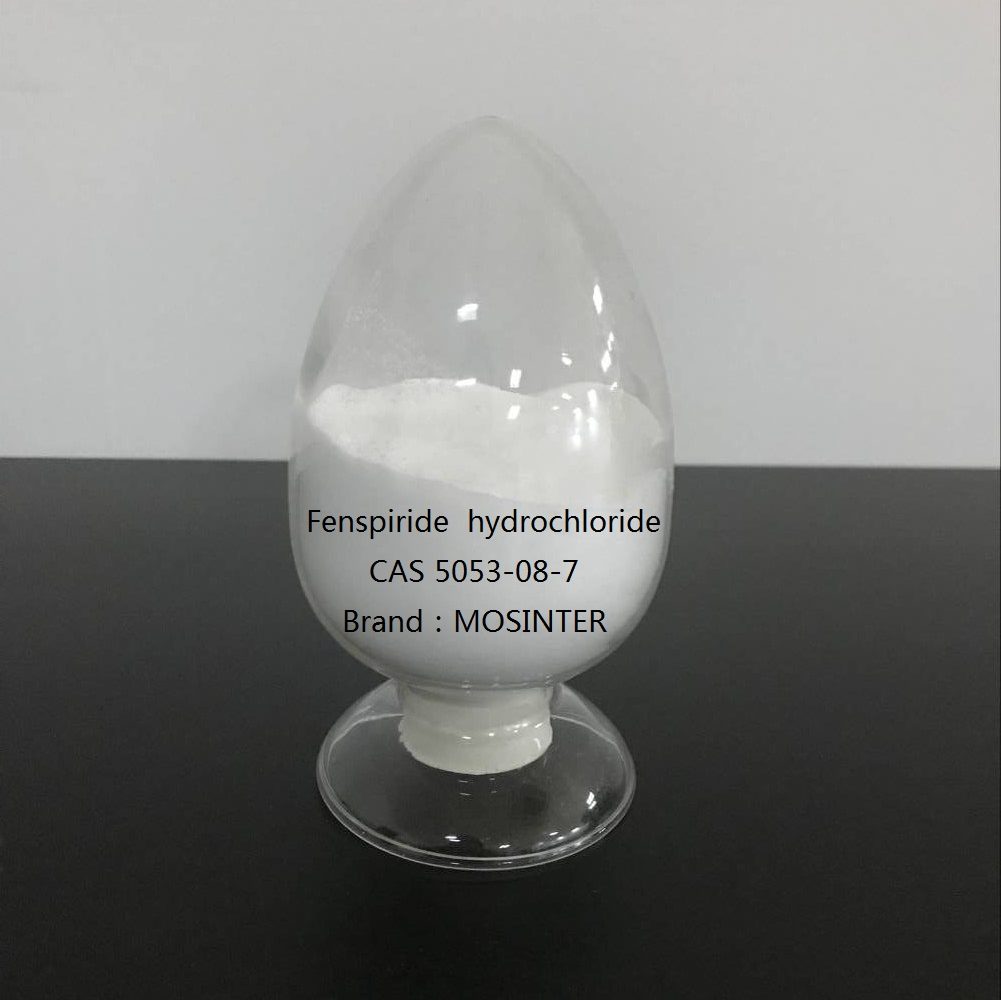
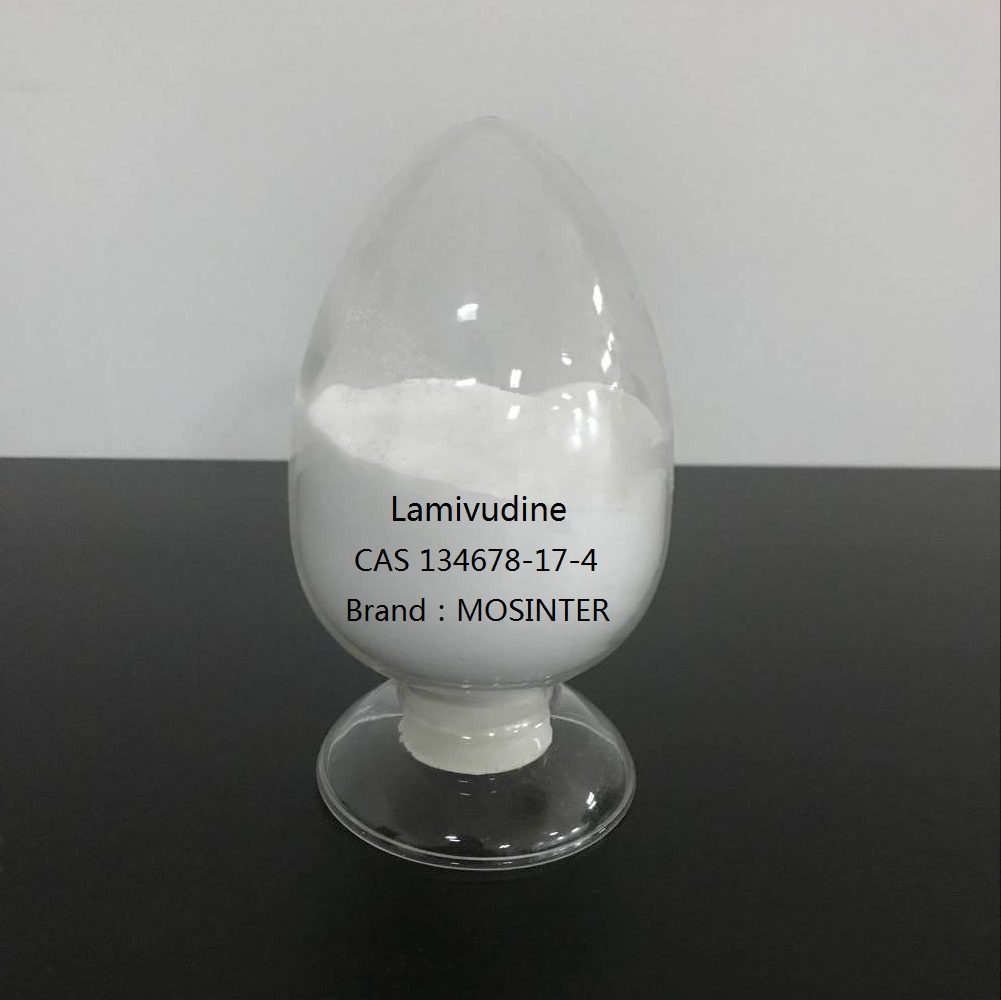
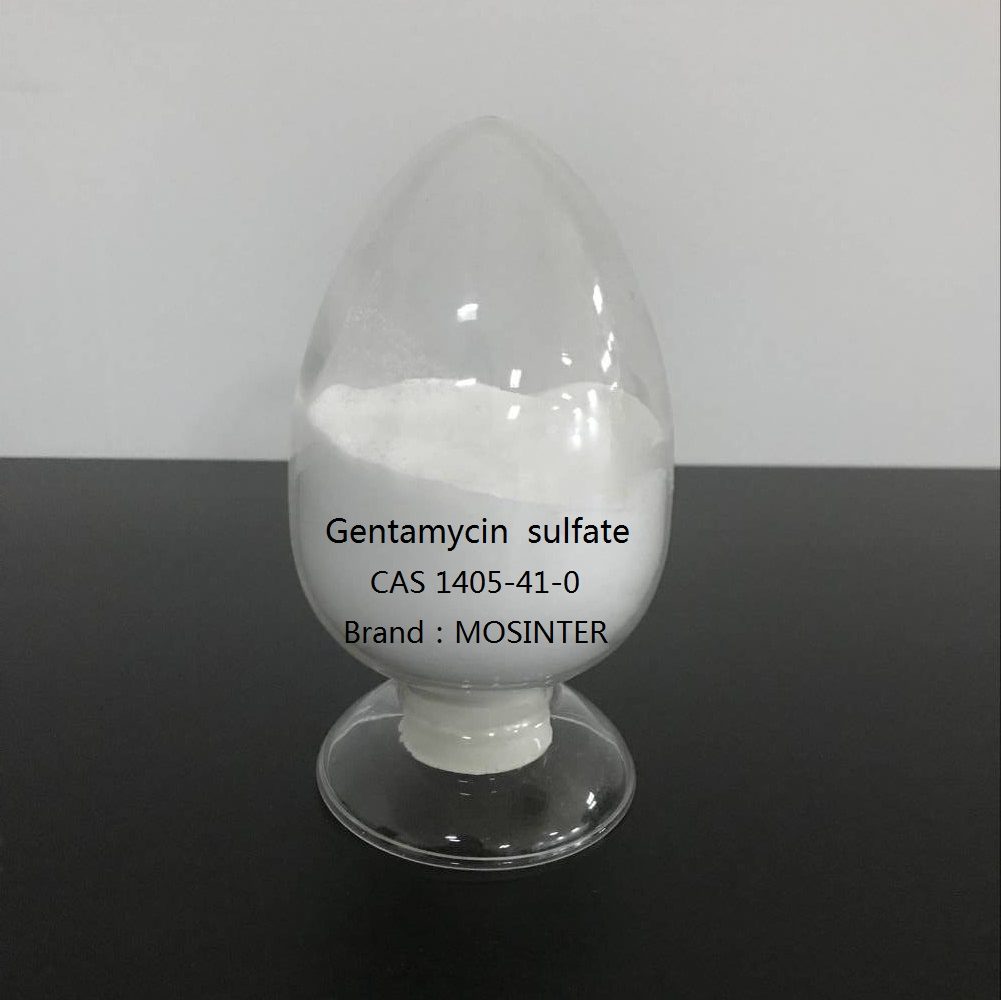
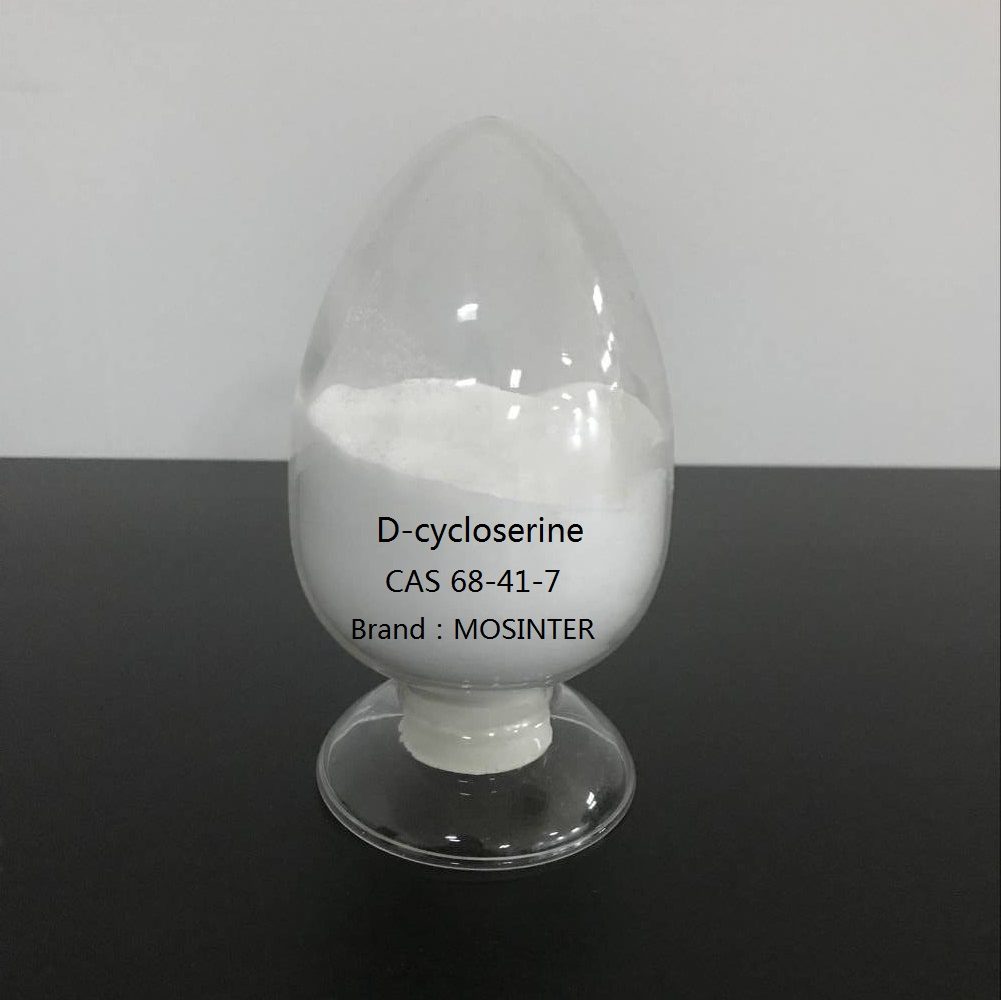
Reviews
There are no reviews yet.